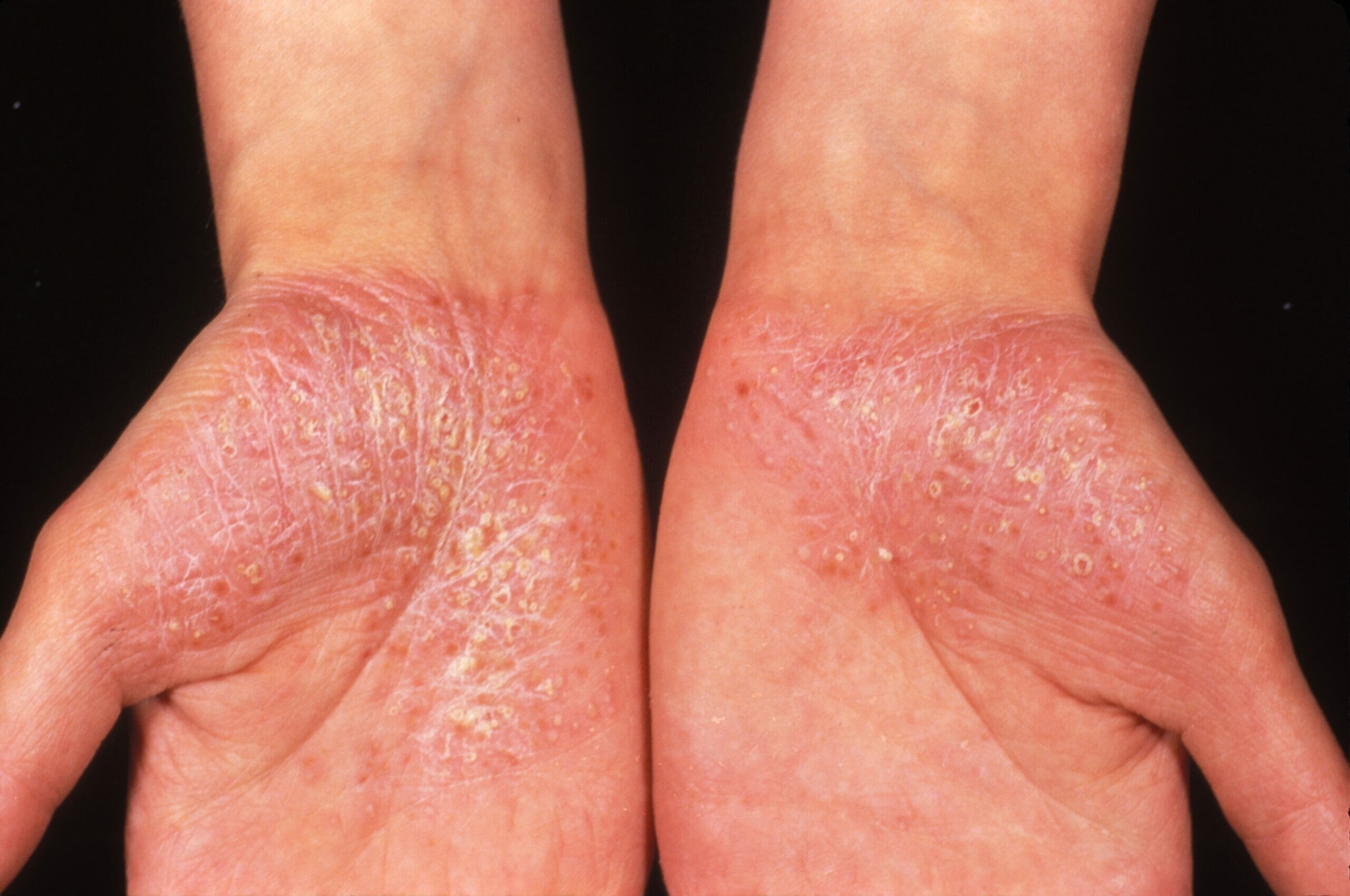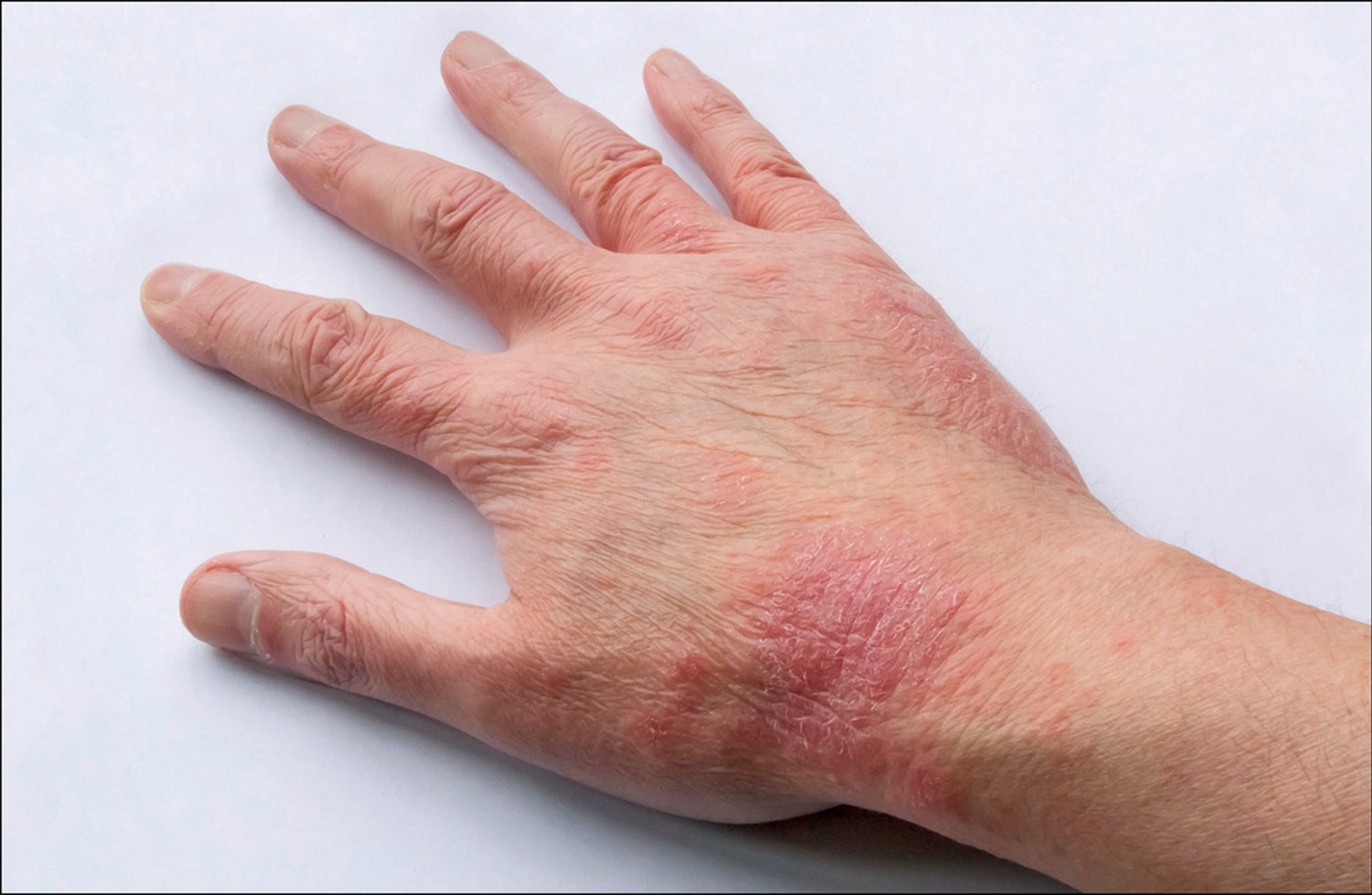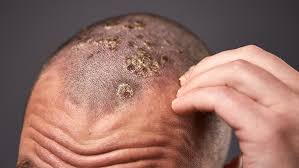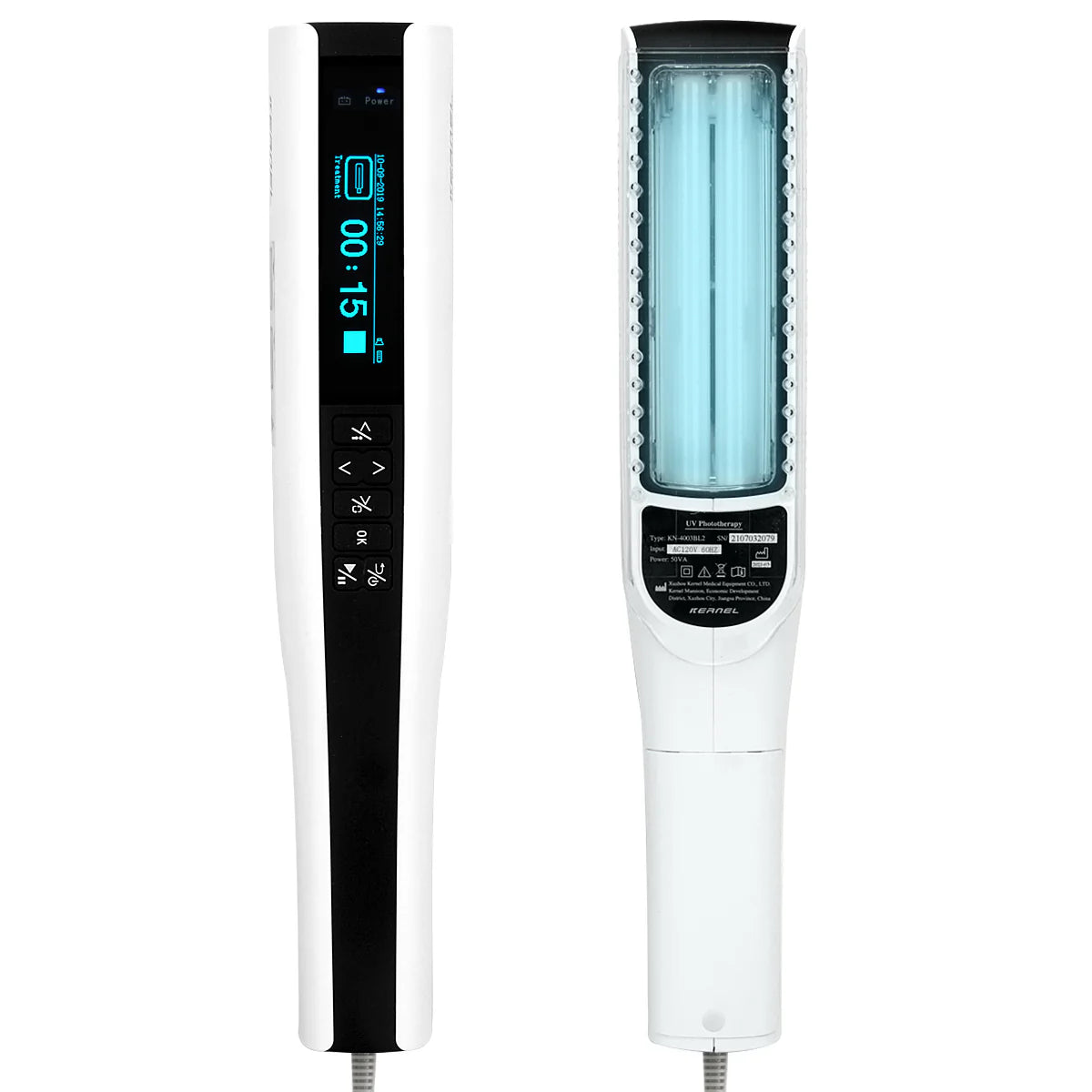Generalized pustular psoriasis( GPP) is a serious skin condition known as psoriasis. GPP and other forms of psoriasis are caused by atypical inflammation. Inflammation is the vulnerable system’s response to injury and foreign invaders (similar as bacteria). Numerous people have difficulty understanding that GPP is a vulnerable response because it can appear as a rash or inflammation.
Generalized pustular psoriasis( GPP) is a rare, habitual, and acute seditious skindisease. However, the spread of GPP can be life- changing and lead to serious complications similar as blood poisoning and heart failure, if left undressed.
Who gets generalized pustular psoriasis?
People with GPP have sudden flare-ups that last several weeks, followed by spontaneous remission in which the skin clears completely or partially. GPP can do at any age, but is loftiest in grown-ups between 40 and 50 times of age and smallest in children. Patients with a family history of psoriasis or a homozygous interleukin 36(IL- 36) receptor antagonist (IL36RN) gene mutation.
In general, women are more likely to be affected; although manly ascendance has been observed in children aged 3 to 16 times. You can use Therapy Lamp for psoriasis, as it can give the best results.
GPP also affects pregnant women and is associated with increased motherly and fetal morbidity. Generalized pustular psoriasis( GPP) is a rare, habitual, acute inflammatory skin disease.
Infections, taking or stopping certain specifics, period, or pregnancy can spark the events, but the cause is generally unknown. GPP can be fatal if left untreated.
How is generalized pustular psoriasis diagnosed?
Although rare, GPP can be an individual challenge due to miscellaneous cutaneous and extracutaneous symptoms, lap with other conditions, and a lack of standardized transnational individual criteria.
Although the exact cause of GPP is unclear, it appears to be the result of an overactive immune system attacking the skin.
According to the 2018 guidelines, patients with the following four characteristics may have a definitive diagnosis of GPP:
- systemic symptoms such as fever and fatigue
- Diffuse or systemic erythema may be associated with the accumulation of multiple benign blisters.
- Neutrophilic corneal pustules, histologically defined as sponge Kogo vesicles
- Replication of these clinical and cytopathological studies.
GPP can be diagnosed when all four of the above conditions are present and suspected in patients with conditions 2 and 3, respectively.
Abnormal laboratory tests may include the following:
Leukocytosi , lymphopeni
Extended:
- Erythrocyte sedimentation rate (ESR)
- sedimentation rate (ESR).
- C-reactive protein (CRP).
- Liver enzymes (AST, ALT)
- Plasma globulins (IgG or IgA).
Treatments
The common redness and pustules of GPP can mimic other purulent or inflammatory conditions. A doctor may do a skin biopsy and some blood tests to rule out this condition.
If you have severe GPP, your doctor may recommend appropriate treatment, including hydration, nutrition, temperature control, and treatment of any infections. This may be part of your doctor's initial and general care.
To date, spesolimab has recently been approved in the United States and Japan for the treatment of GPP attacks in adults. In Europe, special treatment for eco-friendly public procurement has been approved. Evidence supporting the efficacy and safety of GPP therapy is mainly based on case reports, case series, and nonrandomized studies.
- Topical steroids are applied to the skin with wet compresses.
- Fluid replacement.
- Detection of infection.
- Other laboratory blood tests.
- Pain medications.
A health care provider may prescribe the following for long-term care:.
- Spesolimumab (Spevigo), the only FDA-approved drug for GPP, is an intravenous (IV) treatment for GPP degradation.
Other medical considerations may include:
- Antibiotics such as infliximab (e.g., Remicade), ostkinumab (Stellara), secukinumab (Cosentix), ixekizumab (Taltz), brodalumab (Cilic), guselkumab (Tremphia), or sankizumab (Skyriz).
- Retinoid medications such as acitretin (e.g., psoriasis).
- Immunosuppressants such as methotrexate (for example, Traxel) or cyclosporine (for example, Neoral).
- Ultraviolet therapy, also known as phototherapy,.
If you are pregnant or breastfeeding, you should talk to your doctor about appropriate treatment for GPP.
Signs and symptoms
GPP usually presents as numerous, uniformly sized pimples covering a large area of the skin, such as the body, arms, and legs. Individual seaweed can aggregate in large groups, also known as “lakes of pus.” Pustules usually appear as red bumps (flat spots on the skin larger than a fingernail) and may be more pronounced at the edges of the redness.
Redness is harder to see in skin tones, where the spots may appear orange, yellow, or dark brown. GPP can also affect the oral mucosa.
GPP is different from other types of localized pus, such as palmoplantar pustulosis. However, plaque psoriasis can occur in people with GPP. You can buy therapy lamps for psoriasis at an affordable price on our website.
In this case, pustule-like pores (skin protrusions larger than hair), especially on the head, body, buttocks, genitals, thighs, or armpits, can be covered with silver wax. GPP damage can be infectious, and the effects of the condition can affect other organs in the body, including the liver, joints, lungs, and kidneys.
What are the consequences of generalized pustular psoriasis?
Generalized pulmonary psoriasis is a benign condition with an unpredictable and irreversible course.
Although the goal of treatment is to prevent and reduce the frequency and duration of exacerbations, the disease recurs in many patients. Lesions may not resolve completely after progression, with 80% of cases reporting worsening symptoms of severe lesions. Mortality is low, but has been reported to be between 3 and 7%.
Older patients are likely to have worse prognoses than younger patients due to comorbidities and procedural complications.
Conclusion.
GPP is a rare chronic autoimmune disease that can be fatal if left untreated. These are attacks of large, painful pustules over large areas of the body, accompanied by redness, severe itching, and dry, cracked, or scaly skin. This may be accompanied by common symptoms such as fever, headache, extreme fatigue, or a feeling of itchy skin.
Therapy Lamp for Psoriasis
FAQs.
- What does GPP psoriasis look like?
Patients with Generalized pulmonary psoriasis typically have large areas of redness with white pustules that turn yellow after itching. GPP is often expressed in the cortex, where the lesions are curved or rounded, flanked by pustules.
- Is GPP contagious?
It is also important to note that GPP is not contagious. Cannot be obtained or supplied by anyone else. The cause of GPP is unknown.





